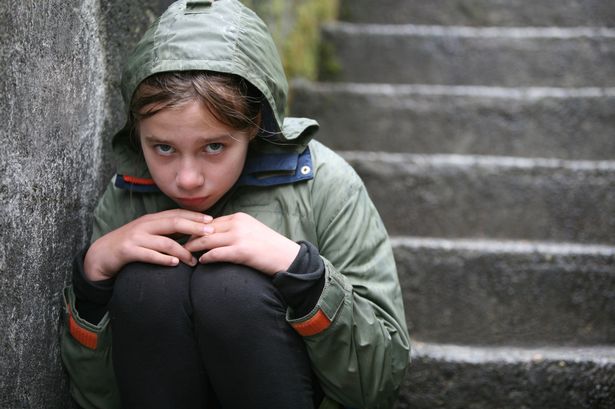Your cart is currently empty!
Number of children missing school in Scotland at near record level with almost one in three ‘persistently absent’

The number of children missing school in Scotland has reached a near-record level, with almost one in three students being persistently absent, according to figures released by the Scottish Government on Tuesday. The data shows a small reduction in the number of pupils in secondary schools who have been absent for 10 per cent of the school year in 2023-24.
Average attendance in schools has only increased by 0.1 per cent over the past two years, remaining lower overall than pre-pandemic levels. Absenteeism soared following the Covid-19 pandemic, during which classrooms were closed for extended periods in 2020 and 2021. Before the lockdowns, persistent absence rates ranged between 19 per cent and 22 per cent, but by 2023/24, secondary school rates had risen to 40 per cent. Shockingly, one in 40 pupils was absent for more than half of the school year, equating to at least 95 days.
The rate of persistent absence was reported to be lowest in East Renfrewshire at 20 per cent, and highest in North Ayrshire at 37.9 per cent. Glasgow City Council’s figures reveal that school absence has been on the rise for the past five years. Despite the concerning absence figures, there has been a general reduction in the attainment gap between the wealthiest and most disadvantaged pupils in Scotland.
The Scottish Government had set a target to narrow the gap in attainment between pupils from different backgrounds, which became challenging in the aftermath of the pandemic. Education Secretary Jenny Gilruth acknowledged that there is still work to be done to close the attainment gap but noted the progress made in improving standards across primary and secondary schools in Scotland. She highlighted the contribution of teachers and schools in achieving record high levels of literacy and numeracy among children.
Gilruth emphasised the government’s commitment to reducing the poverty-related attainment gap through initiatives like the Scottish Attainment Challenge, investment in free school meals, and the expansion of breakfast clubs. She pointed out that these measures have had a positive impact, with the literacy attainment gap now at a record low level. Despite the progress, she reiterated the need for continuous efforts to further narrow the gap.
In conclusion, the rise in persistent school absences in Scotland is a concerning trend that highlights the challenges faced by students, schools, and policymakers in the post-pandemic era. Efforts to address absenteeism and reduce the attainment gap are crucial to ensuring all students have equal opportunities for educational success. The dedication of teachers and the support from government initiatives demonstrate a collective commitment to improving educational outcomes for all pupils in Scotland.
